Related products
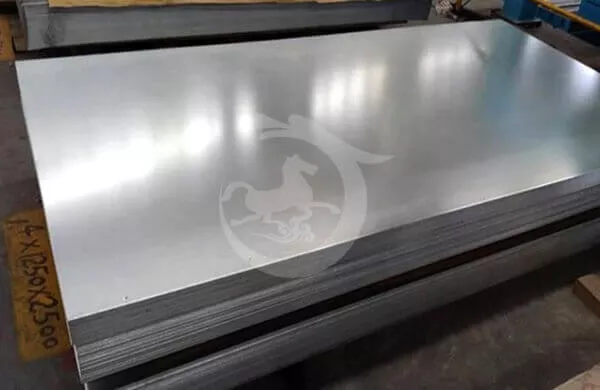
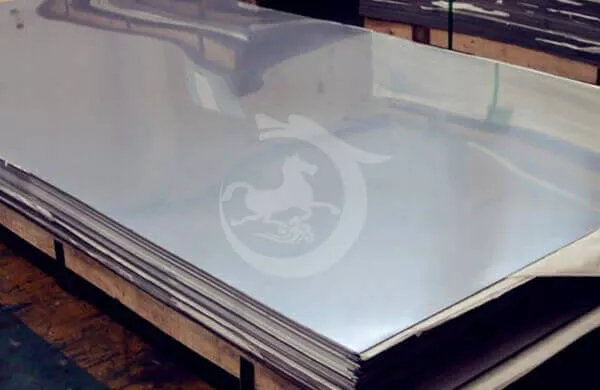
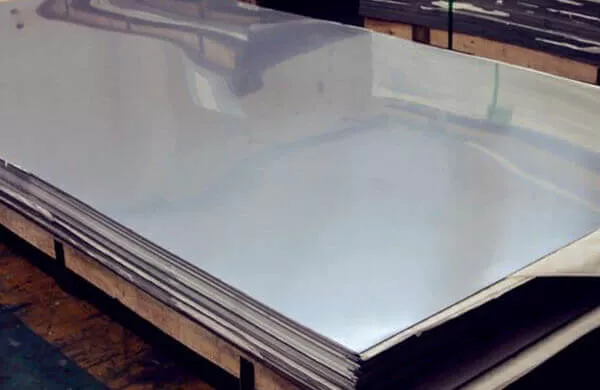
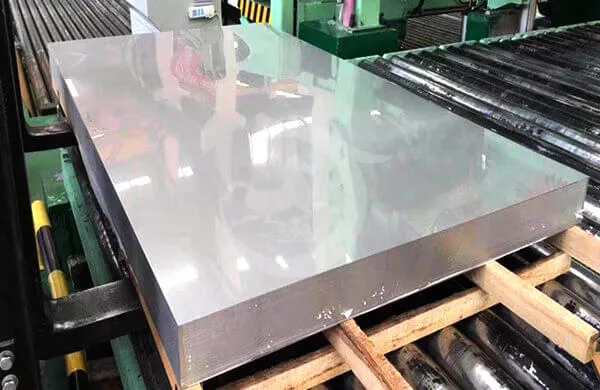
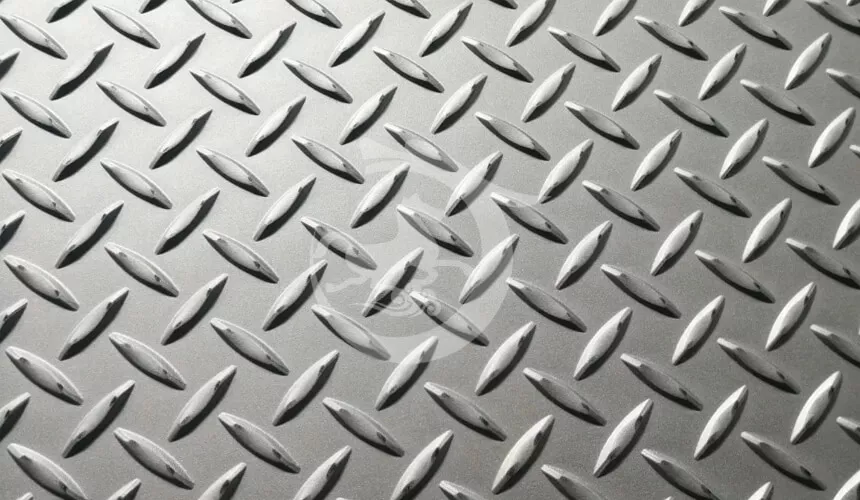

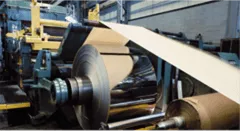

live a message
For Type 304 SS alloys, the annealing tem- peratures employed are between 1,100 and 1,150" C. Scale is formed during each of the anneals and is subsequently removed by pickling in a mixture of nitric and hydrofluoric acids.
Product Name | Stainless steel sheet |
Item | Stainless steel plate,stainless steel sheet (Hot rolled,cold rolled), |
Supply ability | 5000 tons/month |
Thickness | 0.01~200mm |
Standard | ASTM A240,GB/T3280-2007,JIS4304-2005,ASTM A167,EN10088-2-2005,etc |
Material | 310S,310,309,309S,316,316L,316Ti,317,317L,321,321H,347,347H,304,304L, |
Surface | 2B,2D,BA,NO.1,NO.4,NO.8,8K,mirror,checkered,embossed,hair line,sand blast,Brush,etching,etc |
Width | 1000mm,1219mm,1500mm,1800mm,2000mm,2500mm,3000mm,3500mm,etc |
Length | 2000mm,2440mm,3000mm,5800mm,6000mm,etc |
Package | Standard export package,suit for all kinds of transport,or as required. |
Payment term | TT,L/C,western Union,D/P |
MOQ | 1Ton |
Application | Stainless steel plate applies to construction field, ships building industry, petroleum,chemical |

We are happy to answer any questions you have regarding our product lines and services. Please tell us a little more about yourself and we will have someone contact you as soon as possible.
Speak to a Steel Expert

Behind the growth and success ofuaima Steel is years of hard work and dedication in the steel industry and meeting customers' needs on time. Advanced technology, standard products, certified quality standards and the best customer service make l is years of hard work and dedication in the steel industry and meeting customers' needs on time. Advanced technology, standard products, certified quality standards and the best customer service make Kuaima Steel a true leader in zhe global marker
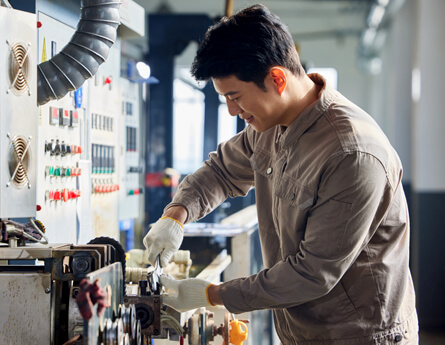

quality & experience
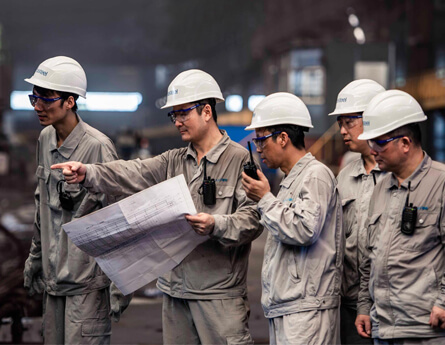

Technology & Innovation


Team & Quality


Service & Support
| 3 mm diameter stainless steel rod | 321 stainless steel rod |
| 3.5 mm stainless steel rod | 330 stainless steel rod |
| 3/8 304 stainless steel rod | 4.5 mm stainless steel rod |
| 3/8 stainless steel threaded rod | 3mm stainless steel rod |
| 302 stainless steel rod | 416 stainless steel rod |
| 303 stainless steel rod | 430 stainless steel rod |
Every industry has its unique set of material specifications and needs. That’s why you can count on the exceptional experience and industry knowledge of the professionals at Kuaima Steel - Meeting the Exact Needs of Every Industry That Uses steel.
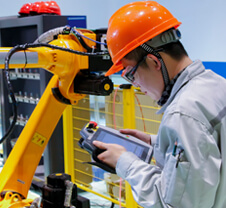


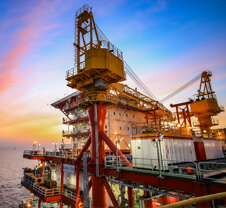



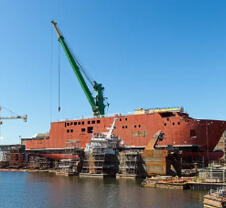


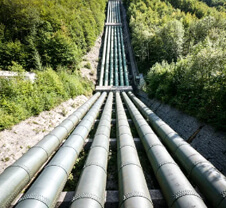

We are a well known worldwide exporter of Stainless steel plate 304/304L/304H Qatar, Ireland, Portugal, Gambia, Thailand, Ukraine, United Kingdom, Netherlands, South Africa, Spain, Turkey, Italy, Libya, Romania, Puerto Rico, Azerbaijan, United Arab Emirates, Pakistan, Philippines, Ghana, Slovakia, Germany, Saudi Arabia, Afghanistan, China, Bolivia, Switzerland, Bangladesh, Taiwan, Oman, Egypt, Greece, Norway, Singapore, Bulgaria, Estonia, Belgium, Yemen, Hong Kong, Ecuador, Sri Lanka, Nepal, Belarus, Finland, Gabon, Iran, Canada, Argentina, Lebanon.


 WeChat
WeChat